Estatua del Almirante Yi Sun-shin (충무공 이순신 동상)
715.5M 2021-03-05
Sejong-daero 175, Jongno-gu, Seúl.
La estatua del Almirante Yi Sun-shin fue erigida enfrente de la Plaza Gwanghwamun el 27 de abril de 1968 en honor al valiente espíritu y liderazgo del almirante. Con 17 metros de altura, esta estauta de bronce muestra al almirante con una espada en su mano derecha, representando la protección y el patriotismo. Enfrente de la estatua hay un barco tortuga en miniatura, y en cada esquina hay dos tambores que se usaban incrementar la moral de las tropas en el campo de batalla.
The Place Seoul (traditional Korean-style guesthouse) (복합한옥공간 곳)
721.3M 2025-06-02
52-11, Gyedong-gil, Jongno-gu, Seoul
The Place Seoul in Gye-dong, Jongno-gu, Seoul, is a meeting place of traditional and modern Korea. It has a yard with a beautiful 80 year-old dogwood tree, and a small garden in which guests can enjoy the passage of the seasons. The Place Seoul is an environment-friendly place which uses eco-friendly consumables such as toilet paper and shampoo. Breakfast is simple and healthy. There are many good cafes in nearby Bukchon, and local tourist attractions include the National Palace Museum of Korea and the National Museum of Modern and Contemporary Art.
Songa Myeongga (손가명가)
722.3M 2021-03-19
13, Dadong-gil, Jung-gu, Seoul
+82-2-777-1013
This Korean cuisine is located near Euljiro 1(il)ga Station, Seoul. It is a popular restaurant for group dinners. The representative menu is pork and kimchi stew.
Sala de la Historia del Rey Sejong y del Almirante Yi Sun-shin (세종충무공이야기)
728.4M 2022-09-19
Sejong-daero 175 (subsuelo), Jongno-gu, Seúl.
El Gran Rey Sejong (“世宗”, 1397-1450, reinado: 1418-1450), 4º soberano de la dinastía Joseon, fue una figura crucial en la historia de Corea, por la creación del alfabeto coreano hangeul y por los brillantes desarrollos que logró en los sectores de la ciencia, cultura y arte, política militar, etc.
Detrás de la estatua de bronce del Rey Sejong ubicada en la Plaza Gwanghwamun está la entrada a la Sala de la Historia del Rey Sejong, donde se exponen material informativo y piezas culturales relacionadas a este gran personaje de la Historia. Consta con una superficie de 3.200 ㎡, distribuidos en 9 espacios temáticos; la cronología del Rey Sejong, el Minbon Sasang (ideología política centrada en el pueblo), la Creación del Hangeul, la Ciencia y el Arte, la Política Militar de Sejong, entre otros. Los visitantes podrán aprender aquí la historia del hangeul. Además, hay otras instalaciones anexas: sala de exposición especial, sala audiovisual, textos informativos, tienda de suvenires, espacio para descansar, etc.
Por otra parte, una estatua de Yi Sun-shin, el mejor comandante naval de la historia de Corea, fue inaugurada en la Plaza Gwanghwamun, ante la del Rey Sejong el Grande, para celebrar el 465 aniversario de su nacimiento. El 28 de abril de 2010 se inauguró la Sala de la Historia del Almirante Yi Sun-shin, en el subsuelo del Centro Cultural Sejong, para conmemorar su vida y sus logros. La exposición abarca temas relacionados con la vida del almirante Yi, que van desde la determinación y la devoción a la lealtad del país y los compatriotas. El museo utiliza lo último en tecnología digital para dar vida a este gran héroe. Otra gran atracción del museo es el barco acorazado geobukseon (buque con forma de tortuga), que Yi utilizó en sus batalals navales, a una escala de 55% del tamaño real. A pesar de ese tamaño, el barco todavía es lo suficientemente grande como para que los huéspedes suban y remen con los remos, y tiene una pantalla digital de las olas del océano jugando con monitores para una experiencia 4D.
Estatua del rey Sejong (세종대왕 동상)
728.9M 2021-02-01
Sejong-daero 175, Jongno-gu, Seúl
+82-2-2133-7713
La estatua del rey Sejong fue construida en el centro de la plaza Gwanghwamun el día del Hangeul (9 de octubre) de 2009. Esta estatua de bronce de 9,5 metros de altura, que muestra al rey con una amable sonrisa en su cara, un libro en su mano y sentado en un trono, celebra sus logros como gobernante.
Delante de la estatua se encuentra un globo celestial, invento del propio rey Sejong que fabricó durante su reinado. Detrás de la estatua, hay seis columnas con decoraciones doradas que representan los logros del rey; también hay un pasaje subterráneo que lleva a una sala de exposiciones llamada "La historia de Sejong".
Festival Internacional de Arte de Gwanghwamun (광화문국제아트페스티벌)
728.9M 2025-01-02
Sejong-daero 175, Jongno-gu, Seúl
02-723-9484
Para Corea, la plaza Gwanghwamun es un símbolo del movimiento democrático que ha tenido lugar en las últimas décadas de la historia del país. Este ha sido el lugar de muchas reuniones y protestas, en las cuales los ciudadanos exigían a la sociedad el cumplimiento de las leyes y de los derechos civiles; y también un punto cultural para realizar diversas actividades y eventos para compartir. El Festival Internacional de Arte de Gwanhwamun forma parte de aquellas actividades artísticas, cuyo objetivo es enriquecer la conciencia cultural y artística de los visitantes y ciudadanos, incitando su participación.
Manboseong (만보성)
734.5M 2021-03-26
53, Seosulla-gil, Jongno-gu, Seoul
+82-2-766-8488
It is a place where you can eat a variety of Chinese dishes at reasonable prices. This Korean dishes restaurant is located in Jongno-gu, Seoul. The most famous menu is sweet and sour pork.
Seusiya (스시야)
735.9M 2021-03-22
43, Supyo-ro, 20-gil, Jongno-gu, Seoul
+82-2-2268-8775
A restaurant that sells various Japanese dishes from sashimi course meal to stew. This Japanese (cuisine) restaurant is located in Jongno-gu, Seoul. The most famous menu is assorted sushi.
Rakkojae Seoul Bukchon Hanok Hotel [Korea Qaulity] / 락고재 서울 북촌 한옥호텔 [한국관광 품질인증/Korea Quality]
745.6M 2021-10-27
49-23, Gyedong-gil, Jongno-gu, Seoul
The main building in Seoul is a traditional Korean cultural space renovated by Jeong Yeong-jin, a human cultural asset, from a hanok with a history of 130 years. Traditional flags, fences, pavilions, chimneys, and jangdokdae are holding the blue sky with pine trees, creating a harmonious Korean-style house. Passing through the elegant tall gate, as you see the jangdokdae, a small but clean hanok will be revealed, and the pine trees and bamboo trees added to the natural beauty, while the loving Gomusin placed on the stone brings back beautiful memories.
Rakkojae is a place where the customs of the aristocrats in the past are melted in various places, creating a wonderful atmosphere by carefully reviving the pavilion, ponds, and daecheongmaru. Especially, Daecheongmaru adds the beauty of the margins of hanok to give you a sense of refreshment. As the old scholars did, sitting on the pavilion makes the time flow slow and the wind that passes over the Sotdae feels special.
In addition, you can experience the beauty of Korean tradition with various programs such as tea ceremony, jjimjilbang, royal robes, and kimchi-making along with traditional Korean food. Rakkojae's accommodation, reminiscent of a nobleman's house in the Joseon Dynasty, is well-kept and comfortable that it is comparable to a luxury hotel, and the natural jade-covered ondol rooms and firewood jjimjilbangs made of cheongito provide a healthy journey for many guests.
Janganmun (장안문)
747.7M 2021-03-19
29, Eulji-ro 3-gil, Jung-gu, Seoul
+82-2-755-0673
A barbecue specialty restaurant located near Euljiro 1(il)ga Station in Seoul. The most famous menu is grilled beef brisket. A Korean BBQ restaurant.
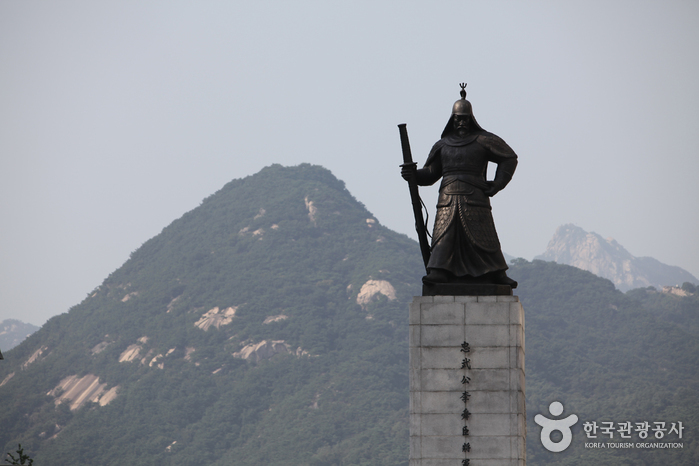
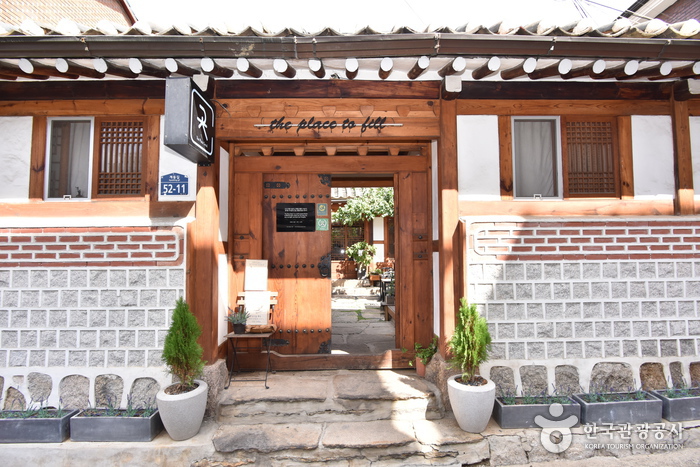
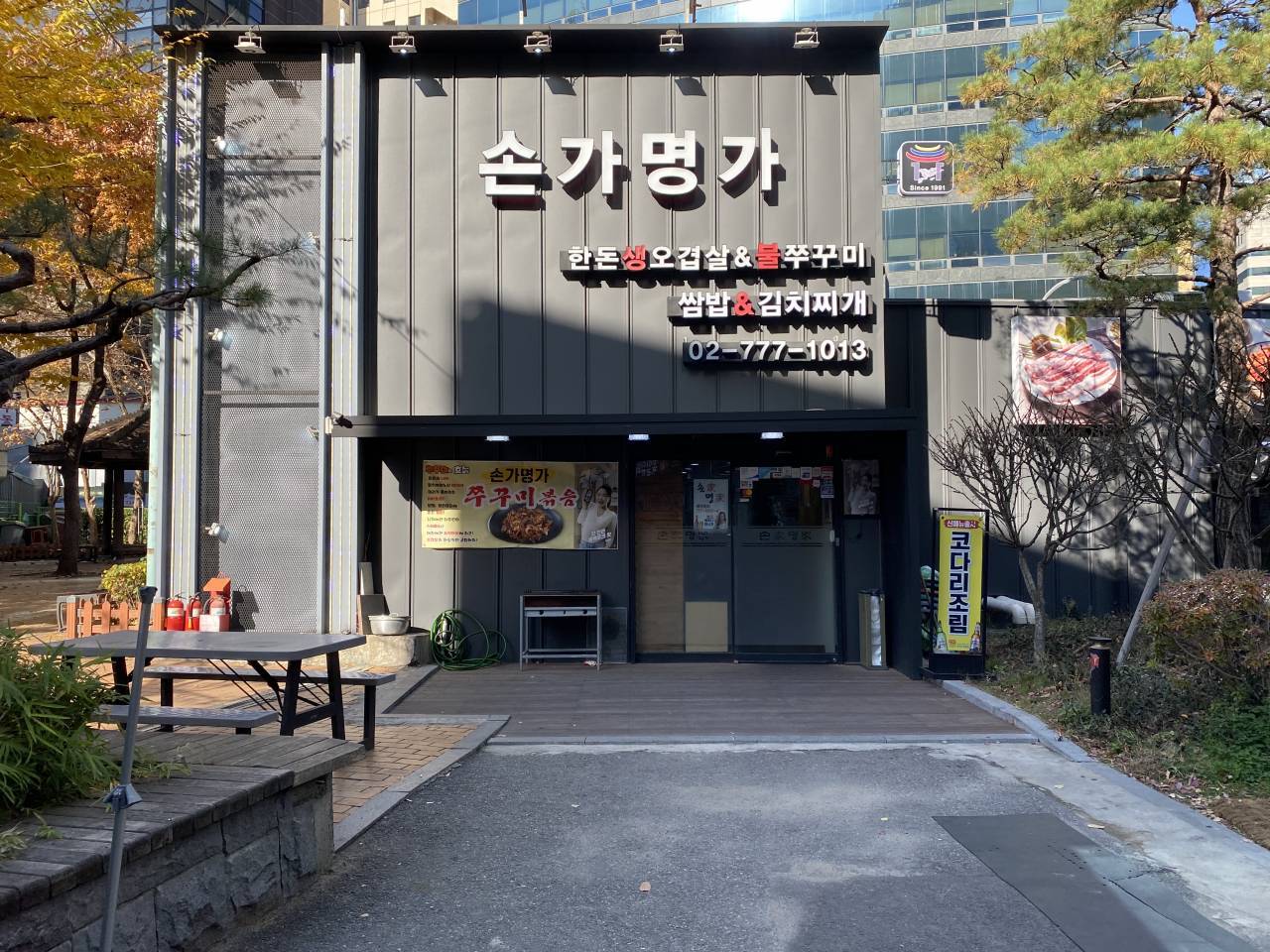
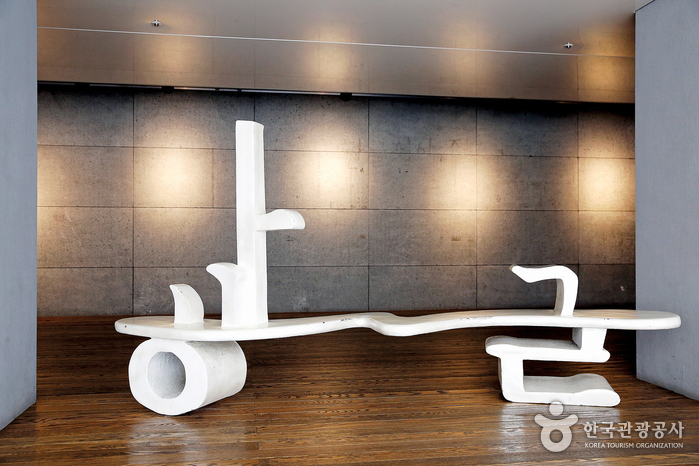
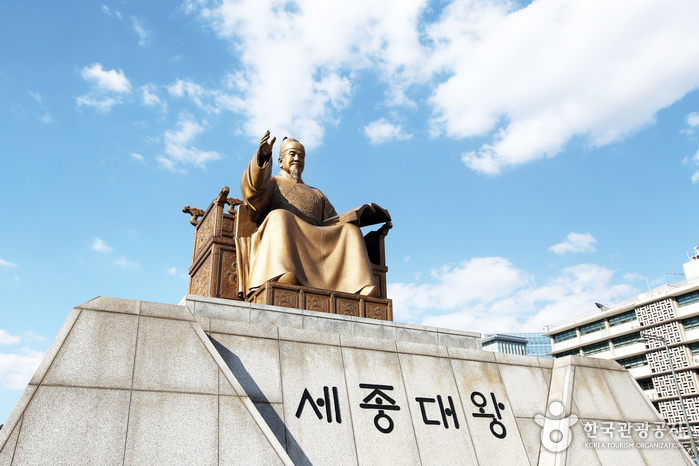
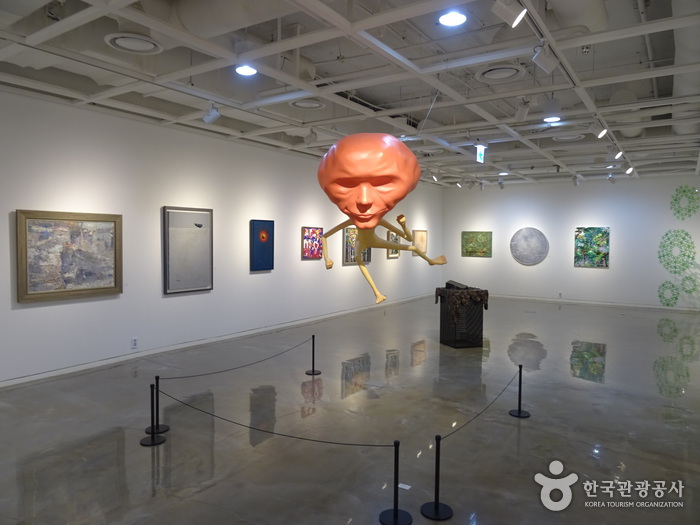
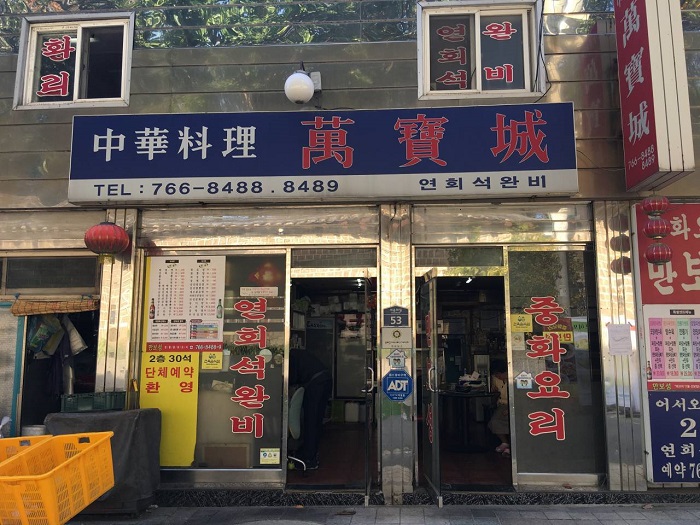
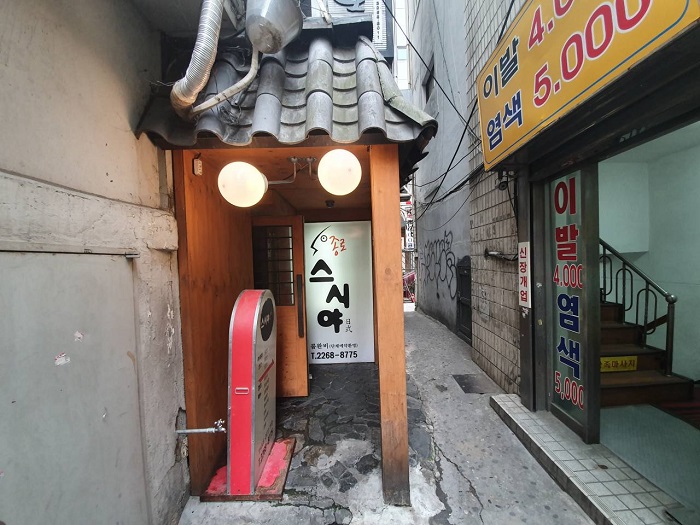
![Rakkojae Seoul Bukchon Hanok Hotel [Korea Qaulity] / 락고재 서울 북촌 한옥호텔 [한국관광 품질인증/Korea Quality]](http://tong.visitkorea.or.kr/cms/resource/40/2698240_image2_1.jpg)
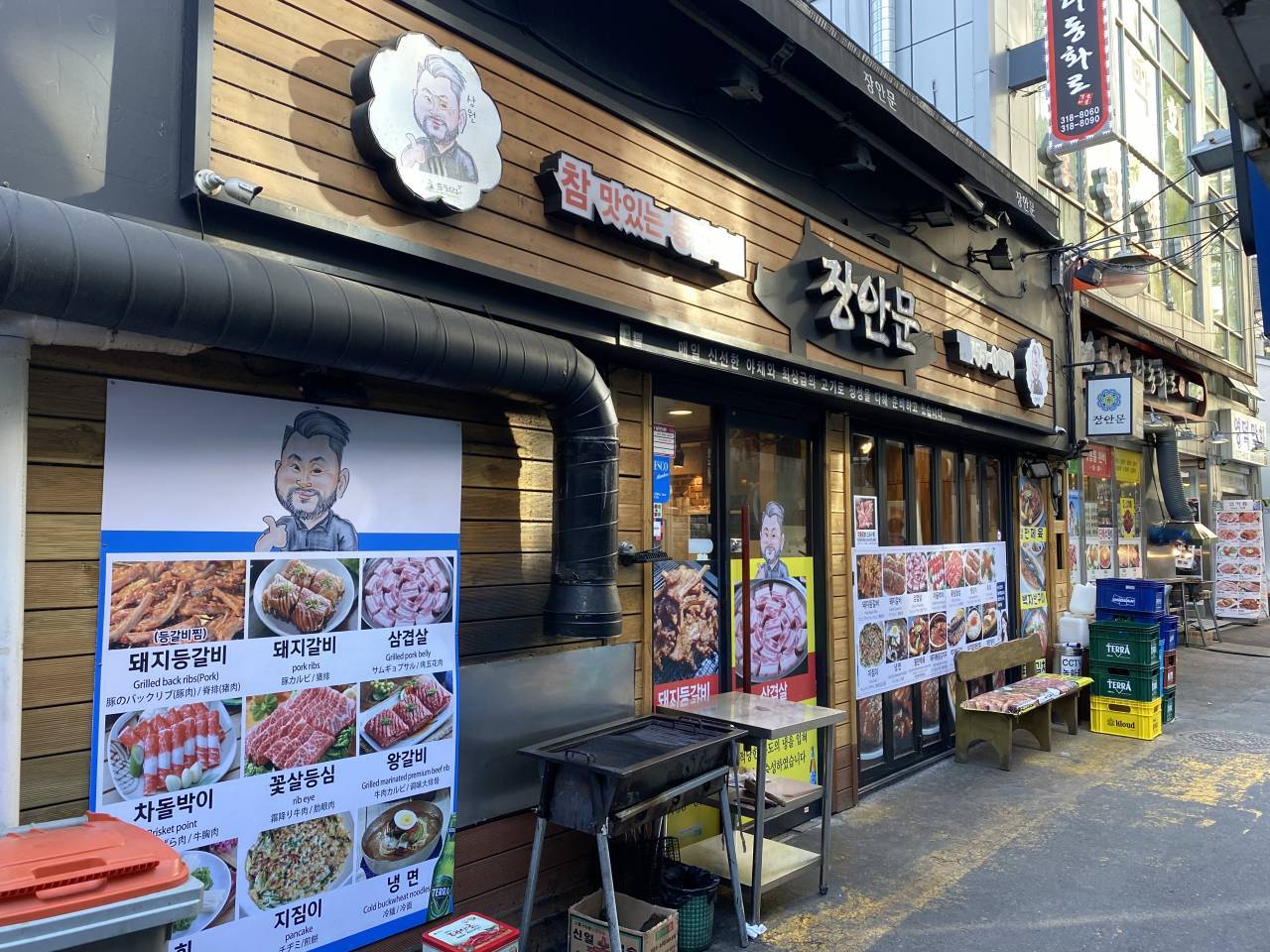
 Español
Español
 한국어
한국어 English
English 日本語
日本語 中文(简体)
中文(简体) Deutsch
Deutsch Français
Français Русский
Русский